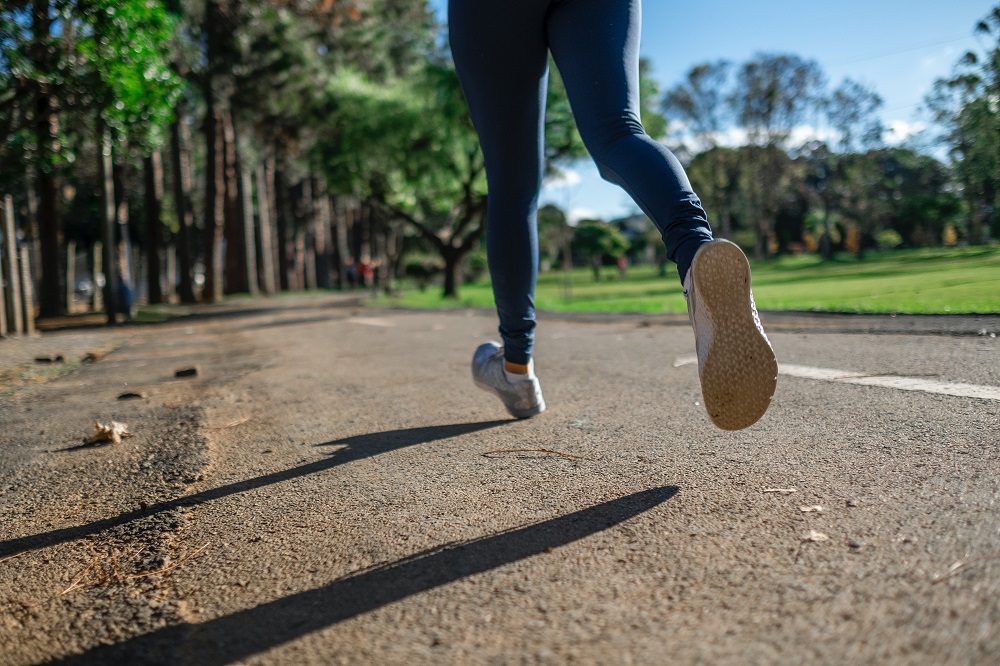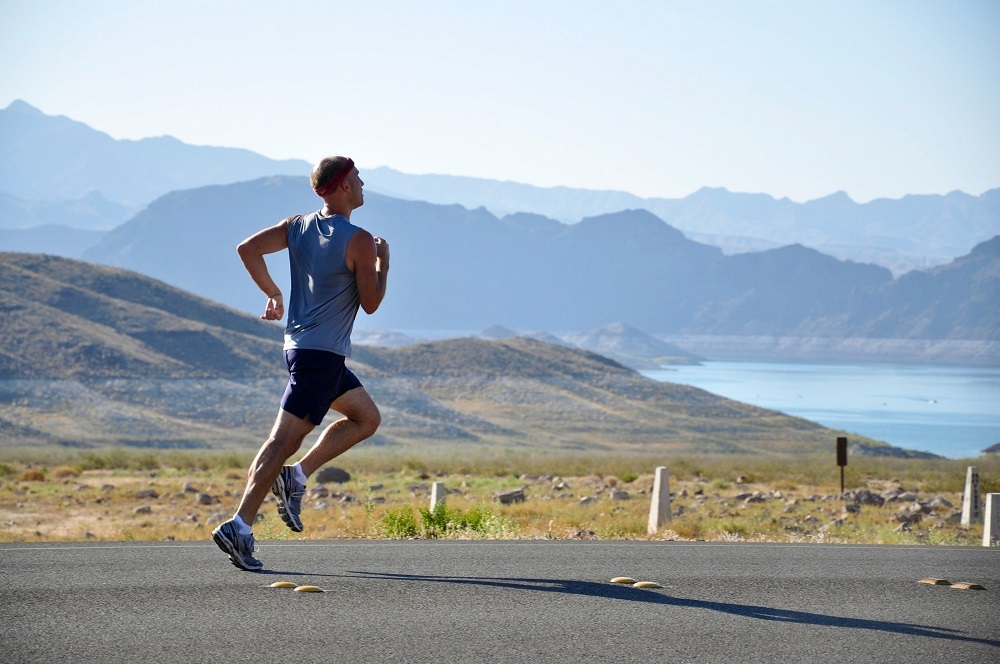Running isn’t just moving your body; it involves how your body works, moves, and how long you can keep going. Many people like the feeling of running on the ground, but how your feet touch the ground can affect how well you perform and your chances of getting hurt.
Heel striking is a common way people run, and it has some problems. This blog is here to talk about it —what it is, what issues it might cause, and, most importantly, how you can run better by fixing it.
Understanding Heel Striking

Brief Explanation of Heel Striking
heel striking while running refers to the contact of the heel with the ground during the initial phase of a running stride. It is a prevalent running technique, often adopted unconsciously by runners. Understanding the mechanics of heel striking is crucial to appreciate its effects on the body.
Importance of Proper Running Form
Having the right way of running isn’t just about looks; it helps you perform better and lowers the chance of getting hurt. Whether you run a lot or just jog now and then, focusing on how you run can improve your overall feelings.
Overview of the Blog’s Aim
This blog helps runners learn about and fix heel striking. By the end, you’ll know how your body moves, the problems with this technique, and easy ways to run better.
Understanding Heel Striking

Definition and Mechanics of Heel Striking
Heel striking happens when your heel hits the ground first while taking a step. This can stretch your leg before you, acting like a brake. It works by absorbing the impact with your heel, which might send too much shock to your lower legs.
Common Misconceptions About Heel Striking
Some people think this is always a problem, but that’s not necessarily true. Even though it might sometimes be wrong, it’s important to know its possible issues to make smart choices about running.
Potential Impact on Performance and Injuries
Heel striking can lead to different injuries like shin splints, stress fractures, and knee pain. Also, it might slow you down because it works like a brake, which can affect how well you run and perform.
The Biomechanics of Running

Explanation of Proper Biomechanics in Running
Proper running biomechanics involve efficient energy transfer from the ground to forward motion. This includes coordinating various muscle groups, joint movements, and foot placement.
Comparison Between Heel Striking and Other Running Techniques
When you hit the ground with your heel, it affects your body differently. It changes the way your joints move and impacts your foot’s spring.
How Biomechanics Influence Overall Running Efficiency
Efficient biomechanics contribute to better running economy and reduced strain on the body. By aligning your body in a way that optimally utilizes your muscles and joints, you can enhance your overall running experience.
Identifying Heel Striking in Your Running Style

Signs and Symptoms of Heel Striking
To know if you’re heel striking, watch how you run. Look for signs like your leg stretching out, your heel hitting hard, and a feeling like you’re slowing down with each step.
Self-Assessment Techniques for Recognizing Heel Striking
You can figure out if you tend to hit your heels while running by doing some exercises on your own. This might include watching videos of yourself running and paying attention to how you move. It can show little details that suggest you might be doing this.
Importance of Video Analysis for Accurate Identification
Video analysis provides a visual tool for scrutinizing your running form. This technology can reveal details that might be missed during casual observation, aiding in a more accurate gait assessment.
The Consequences of Persistent Heel Striking

Potential Injuries Associated with Prolonged Heel Striking
Research has shown that heel striking can cause different injuries. These injuries include shin splints, stress fractures, Achilles tendonitis, and knee pain. Understanding these risks is pivotal for injury prevention.
Impact on Running Economy and Efficiency
The braking effect of this technique can hinder the smooth flow of forward motion, negatively impacting running economy. Overcoming it can contribute to a more fluid and efficient running style.
Long-Term Effects on Overall Running Performance
Consistent heel striking may compromise long-term running performance. Addressing this aspect of your running form paves the way for continuous improvement. It also opens up potential breakthroughs in your running capabilities.
Strategies for Overcoming Heel Striking
Gradual Transition to a Midfoot or Forefoot Strike
Abrupt changes in running techniques can be counterproductive. Gradual transitions, such as incorporating short intervals of midfoot or forefoot striking into your runs, allow your body to adapt over time.
Strengthening Exercises to Improve Foot and Calf Muscles
Targeted strength training can enhance the muscles and tendons involved in the foot strike. Exercises focusing on the calves, ankles, and intrinsic foot muscles can contribute to a more robust foundation.
Tips for Maintaining Proper Posture and Body Alignment During Running
How you stand and hold your body is really important when running. Standing up straight, using your core muscles, and ensuring your body is in a good line can help you stop hitting your heels while running.
Footwear and Equipment Considerations

Choosing the Right Running Shoes for Your Gait and Running Style
Running shoes play a crucial role in supporting your running form. Understanding your gait and selecting appropriate footwear can aid in the transition away from heel striking.
The Role of Orthotics in Addressing Heel-Striking Issues
Orthotics can offer support and correct alignment when prescribed by a healthcare professional. They can help overcome challenges related to this running technique.
Other Supportive Gear to Enhance Running Form
Beyond shoes and orthotics, other supportive gear, such as compression socks or sleeves, can contribute to overall comfort and assist in maintaining proper running mechanics.
Developing a Training Plan

Incorporating Form Drills and Exercises into Your Training Routine
Form drills and exercises specifically targeting running technique should be integrated into your training regimen. Consistent practice can reinforce positive changes in your gait.
Setting Realistic Goals for Transitioning Away from This Technique
Establishing realistic goals is essential for progress. Gradual milestones contribute to long-term success in reducing heel strikes. Gradual milestones also contribute to achieving a balanced foot strike pattern.
Monitoring Progress and Making Adjustments as Needed
Regularly assessing your running form and progress is crucial. If necessary, be open to adjusting your training plan based on feedback from your body and performance outcomes.
Conclusion
In conclusion, the journey from heel striking to better running form is both educational and empowering. By understanding the mechanics, consequences, and strategies for improvement, you’re equipped to stride confidently towards a more efficient and enjoyable running experience. Remember, the road to better form is a marathon, not a sprint—take it one step at a time.